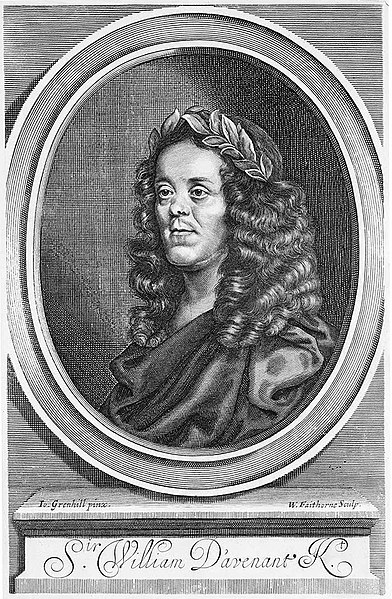John Rich (1692–1761) was an important director and theatre manager in 18th-century London. He opened The New Theatre at Lincoln's Inn Fields in 1714, which he managed until he built the Theatre Royal, Covent Garden in 1732. He managed Covent Garden until 1761, putting on ever more lavish productions. He popularised pantomime on the English stage and played a dancing and mute Harlequin himself from 1717 to 1760 under the stage name of "Lun." Rich's version of the servant character, Arlecchino, moved away from the poor, dishevelled, loud, and crude character, to a colourfully-dressed, silent Harlequin, performing fanciful tricks, dances and magic. Rich's decision to be a silent character was influenced by his unappealing voice, of which he was well aware, and the British idea of the Harlequin character was heavily inspired by Rich's performances.
John Rich, as shown in the catalogue raisonné of William Hogarth
John Rich, from a print produced in 1750
Rich as Harlequin, c. 1720
"Rich's Glory": John Rich takes over (seemingly invades) his new Covent Garden Theatre. (Hogarth caricature)
Lisle's Tennis Court was a building off Portugal Street in Lincoln's Inn Fields in London. Originally built as a real tennis court, it was used as a playhouse during two periods, 1661–1674 and 1695–1705. During the early period, the theatre was called Lincoln's Inn Fields Playhouse, also known as The Duke's Playhouse, The New Theatre or The Opera. The building was rebuilt in 1714, and used again as a theatre for a third period, 1714–1732. The tennis court theatre was the first public playhouse in London to feature the moveable scenery that would become a standard feature of Restoration theatres.
William Davenant had Lisle's Tennis Court converted into a theatre in 1661. His troupe continued to perform there after his death in 1668, until 1671.





